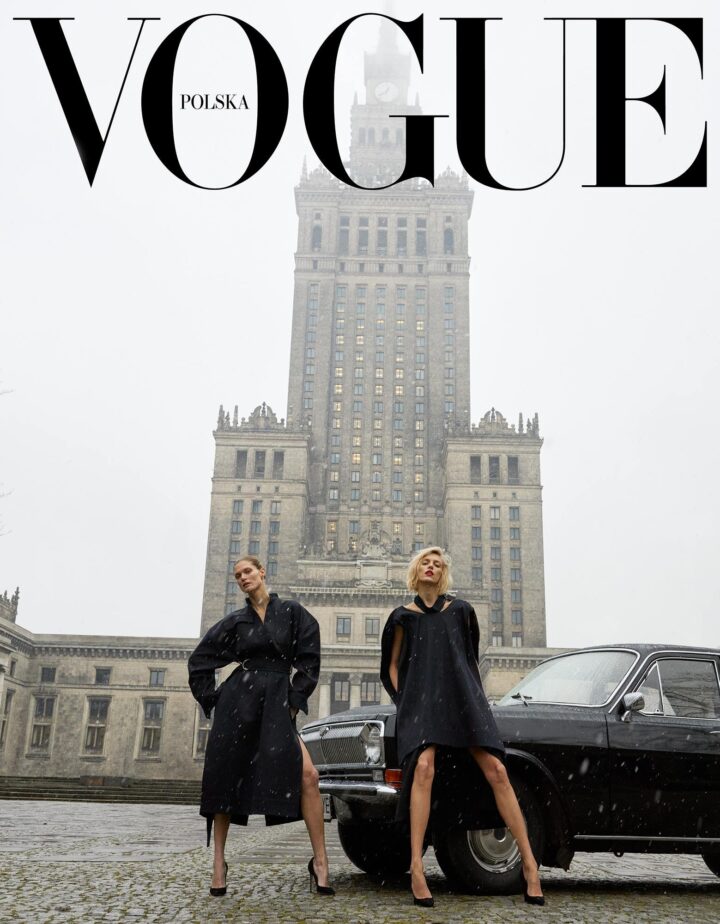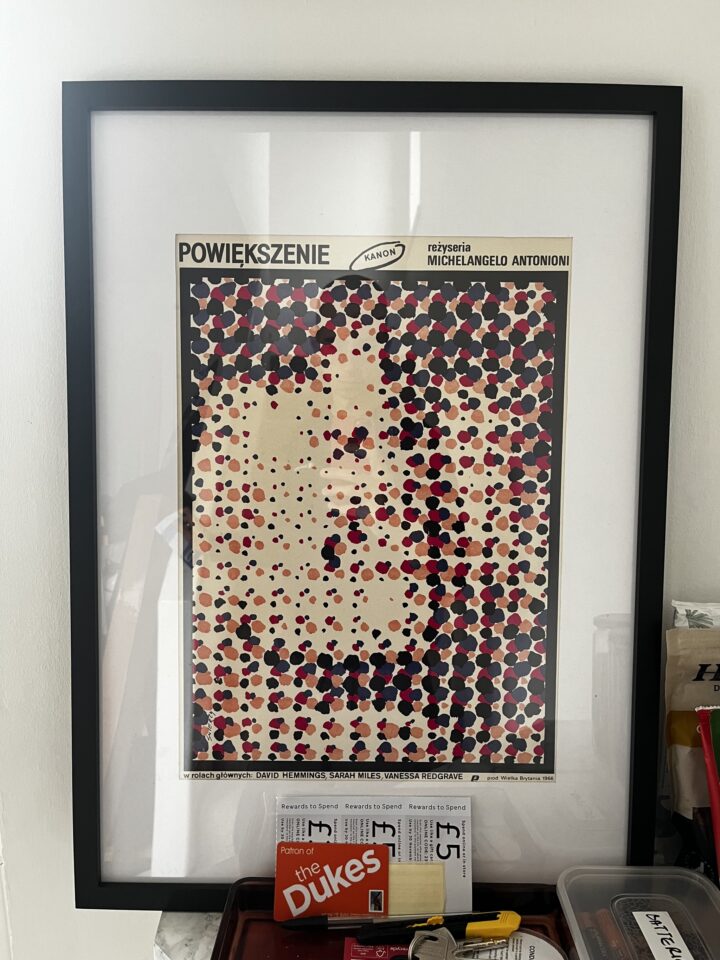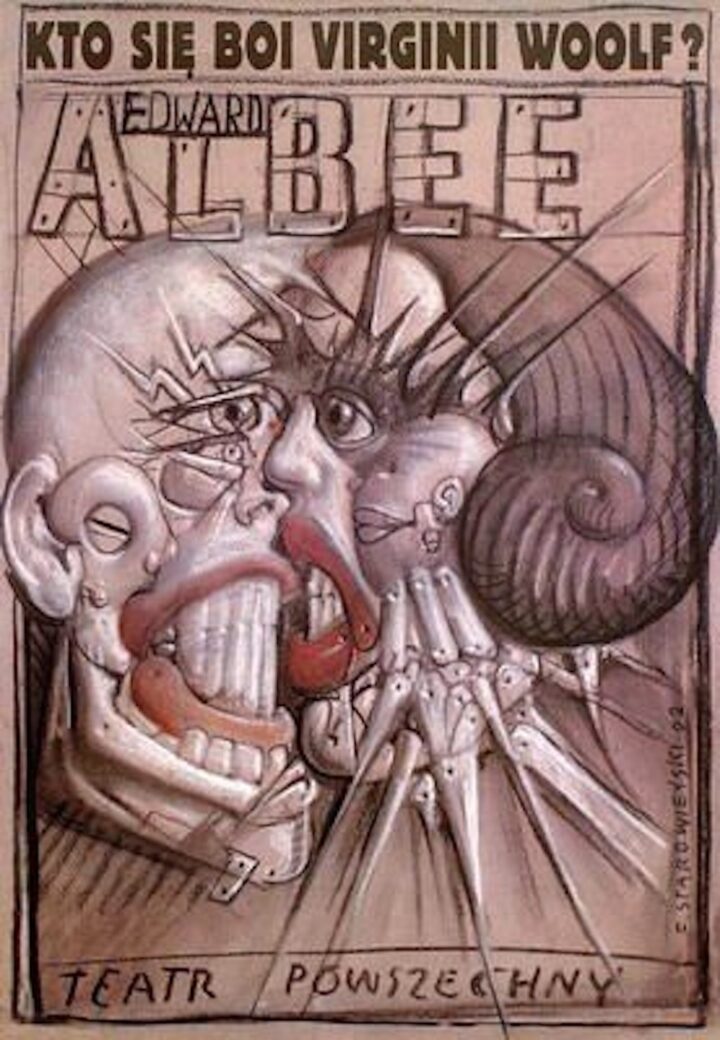For something a bit different today: the cover of the first issue of Vogue Polska. The Palace of Culture and Science is just completely arresting to see in real life, originally an unwanted Soviet gift, it somehow has a might incomparable to more modern skyscrapers. I love this moody cover which features it front-and-centre.

I also can’t resist quoting this section from its’ Wikipedia article:
A number of nicknames have been used to refer to the palace, notably Pekin (“Beijing”, because of its abbreviated name PKiN), Pajac (“clown”, a word that sounds close to Pałac), and the “Drunk Confectioner’s Nightmarish Dream” (koszmarny sen pijanego cukiernika), attributed to poet Władysław Broniewski. Other nicknames include the “Syringe” (strzykawka), the “Elephant in Lacy Underwear” (słoń w koronowych gatkach), the “Russian Wedding Cake” (ruski tort) and “Stalin’s rocket” (rakieta Stalina), as well as more pejorative appelations like “Stalin’s dick” (chuj Stalina).

